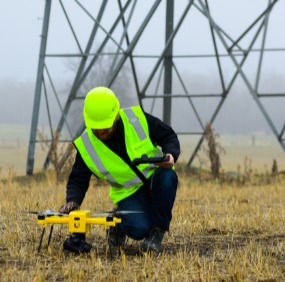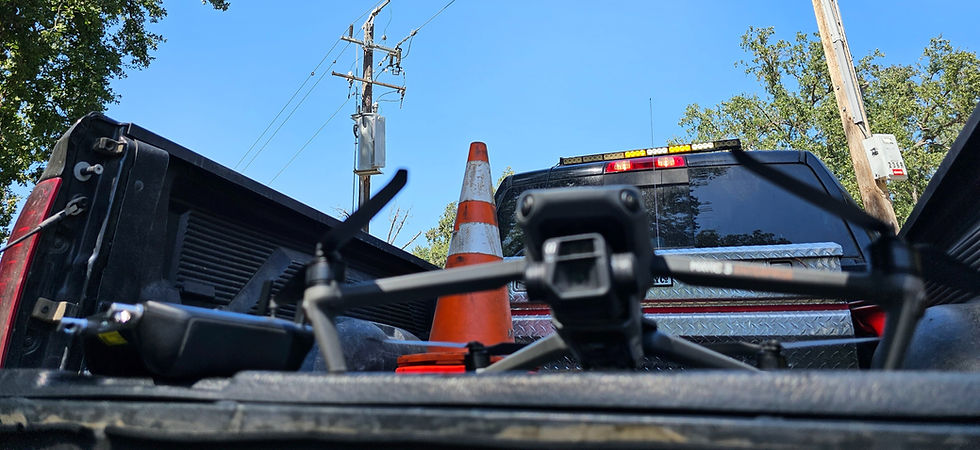Safety First: How Drones Are Revolutionizing Utility Inspections
- Forge Nexus

- Feb 9, 2023
- 2 min read
Updated: Sep 13, 2023

In the realm of utility inspections, safety has always been a paramount concern. Traditional methods, often involving manual labor in challenging terrains or heights, posed significant risks. Enter drones: the game-changers that are redefining safety standards in utility inspections. Let's delve into how drones are making these inspections safer, more efficient, and incredibly precise.
1. Minimizing Human Risk:
Before drones, inspecting a high-voltage power line or a towering telecom mast often meant sending a human technician to great heights or into potentially hazardous conditions. Drones eliminate the need for such risky endeavors, capturing detailed data from a safe distance.
2. Accessing Difficult Terrains:
Some utilities are located in hard-to-reach areas, like mountaintops, dense forests, or offshore platforms. Drones, with their ability to fly and hover, can easily access these areas without the challenges and dangers of manual inspections.
3. Detailed and Accurate Data:
Equipped with high-resolution cameras and sensors, drones can capture minute details, often missed by the human eye. This precision ensures that even the smallest anomalies are detected, preventing potential hazards.
4. Real-time Monitoring:
Drones can transmit data in real-time, allowing for immediate assessment. In situations where immediate action is required, such as a gas leak or a damaged power line, drones provide the rapid response needed to address the issue.
5. Night-time Utility Inspections:
With infrared cameras, drones can conduct inspections even in the dark. This is particularly useful for utilities that need round-the-clock monitoring.
6. Reducing Environmental Impact:
Traditional inspections might require vehicles, equipment, and a sizable crew, all of which can have an environmental impact, especially in sensitive areas. Drones, being compact and requiring minimal ground support, significantly reduce this footprint.
7. Consistent Data Collection:
Manual inspections can sometimes be subjective, depending on the inspector's expertise and perspective. Drones, on the other hand, provide consistent data, ensuring that inspections are standardized and reliable.
8. Cost-effective:
While safety is the primary concern, it's worth noting that drones also offer a more cost-effective solution. They reduce the need for extensive equipment, large crews, and prolonged inspection times, translating to significant savings.
9. Training and Skill Development:
As drones become integral to utility inspections, there's a growing emphasis on training pilots and data analysts. This not only ensures safe drone operations but also creates new avenues for skill development and employment.
10. Regulatory Compliance:
With the increasing adoption of drones, regulatory bodies are framing guidelines to ensure safe operations. Adhering to these regulations not only ensures safety but also establishes the credibility of utility companies.
In conclusion, drones are not just enhancing safety; they're setting a new standard for utility inspections. At Forge Nexus, we're proud to be at the helm of this transformation, championing safety, efficiency, and innovation in every inspection we undertake.


Comments